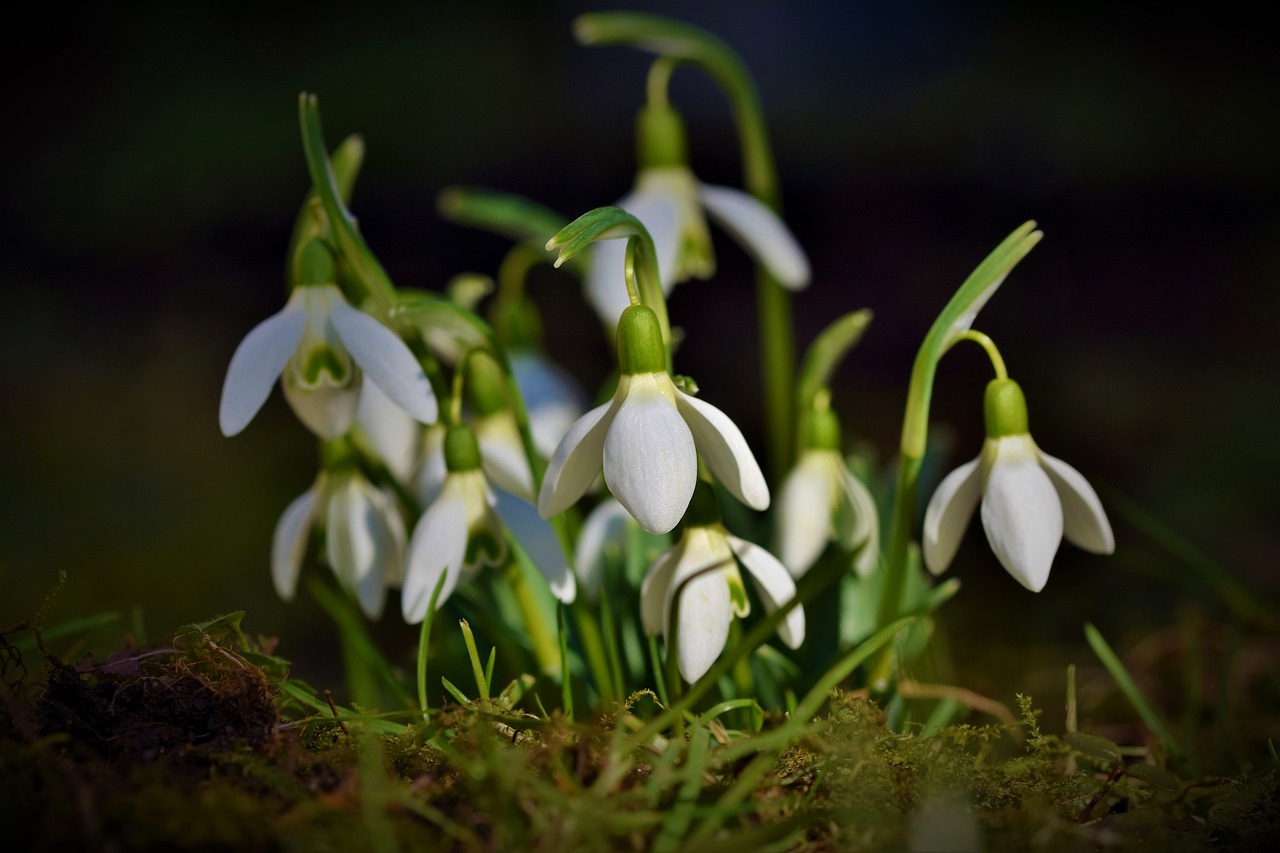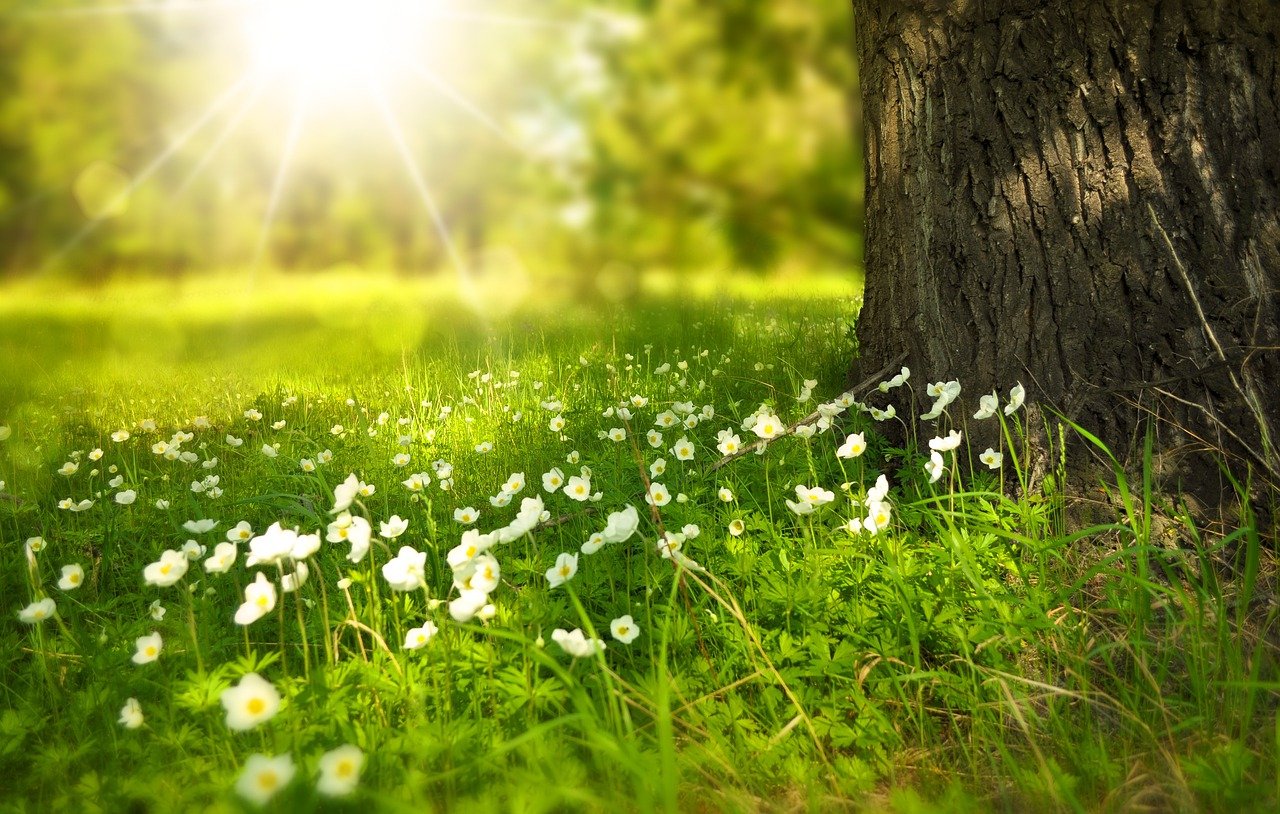No one really likes bugs. Upon finding a creepy crawly while working in your garden. Your first reaction will probably be to kill it. Unless it’s a spider. In which case, it’s probably to run. But really, how much do you know about these little guys? Big and small, good and bad, let’s look at some of the most common ones in North America.
Pests. Every garden has them. In a lot of ways, without them, gardening would be something everyone would do. There is nothing more discouraging than walking to the garden you’ve been working hard on all summer, to find your stems striped. Plants wilted for no apparent reason. You’ve got a bug problem.
Aphids

There is more than one type of aphid out there. Some specific to certain plants. They are tiny green, brown, or black insects, that puncture the tissue of the plant and feed on the sap. They usually sit on the underside of the leaves out of the sun, or along the stems. Aphids can carry viruses and transmit them into the plants.
A plant with an aphid infestation maybe has deformed, wilting, or browning leaves. When feeding on the sap, they will produce a sweet secretion known as “honeydew” that can attract ants or other sweet-seeking bugs.
Ants

Garden ants can be good or bad depending on where they are and what plants you have. Much like earthworms, ants tunnel down into the earth allowing water and air to get to the roots. While gathering and storing food they also disperse and plant seeds unknowingly.
Grasshoppers

Grasshoppers are one of the most destructive pest insects, partly because they have a “swarm” stage in they’re life. If they swarm in your garden, you can bet there won’t be much left when they’re done. Grasshoppers are a bigger insects up four inches long. Like a cicada, they shed their exoskeleton. Grasshoppers eat all different kinds of leave, and sixty to one hundred mg of dry weight a day.
Despite their swarm, grasshoppers are rather solitary, and lone grasshoppers tend to be smaller. When a grasshopper brushes another grasshopper’s legs. it causes a chemical release. Which in turn causes them to grow faster, and lay more eggs.
They usually live for about one year. Once grasshoppers infest your garden it can be hard to get rid of them, short of spraying a chemical deterrent. Try and keep the surrounding areas clear of weeds, and keep your garden as controlled as possible. The less foliage, the less likely you are to get overrun with these little herbivores.
Japanese beetles

If you love roses as much as I do, and are fortunate enough to have some in your backyard, I’m sure you’ll be somewhat familiar with Japanese beetles.
Large metallic green bugs, tend to feed on ornamental plants as well as common weeds. They love lush green leaves, and, of course, roses. Japanese beetles live about 60 days, appearing around July, and dying off by October. If you’ve noticed holes in the leaves of your roses, or no leaves at all, these guys might be your problem. The only luck I’ve had at getting rid of them is with a powdered deterrent sprinkled on the leaves and blooms of the rose.
Good bugs against bad bugs
Now that you know a few of the bad ones. What do you do about it? Well, you can use chemicals, but really the answer could be much simpler than that. God gave us the solution to the problem. Other bugs.
Praying mantis

The Praying Mantis is one of my favorite garden insects. They are the only bug known to be able to turn its head a full 180 degrees. The females can grow up to 6 inches and fly. They’ll vary from a leaf green color to an earthy brown.
Mantises eat crickets, different types of beetles, grasshoppers, flies, and other annoying critters. But they don’t come without their downsides. They also eat beneficial insects like butterflies and honey bees.
Lady Bugs

Ladybugs are known as one of the most beneficial garden insects. They can eat up to 60 aphids a day. Among other soft-bodied insects. Keeping ladybugs in your aphid-infested garden is fairly easy. Just lightly water the leaves and keep them from getting too dry, especially in the heat of the summer.
Spiders

There are a few different types of typical garden spiders, and what you have will vary depending on where you live. One of the more common ones in North America is the Argiope Spider. Or more commonly the “Writing Spider” or “ “Zipper Spider”, due to the zig-zag pattern in its web. These spiders are black with a yellow to the orange pattern on their back and legs. They can get up to 28mm in body size, and eat insects up to twice their size. But lucky for us, their venom is harmless to humans.
Wolf spiders are another common spider in our gardens. They are over 125 different kinds in the U.S. and can be over one and a half inches long. They are hunting spiders and don’t spin a web at all. Wolf spiders can swim and can run up to two feet per second. Although their venom is relatively harmless, they can be aggressive and their bite is painful.
The best way to attract and keep spiders in your garden is to put down some mulch or grass clippings between your plants. This will provide protection from the sun and rain and create a nice environment for our eight-legged friends.
Conclusion
Despite these nasty pests, there are good bugs as well. I lot of you avid gardeners know that some insects are beneficial, if not a necessity to plants. Bugs like honey bees, butterflies, wasps, and moths, are needed to pollinate. Earthworms create tunnels allowing air and water to get to the roots. Peonies wouldn’t even be able to bloom properly without ants.
So don’t underestimate they’re rolling in the thriving of your garden, and be careful when using chemicals to get rid of other bugs.






